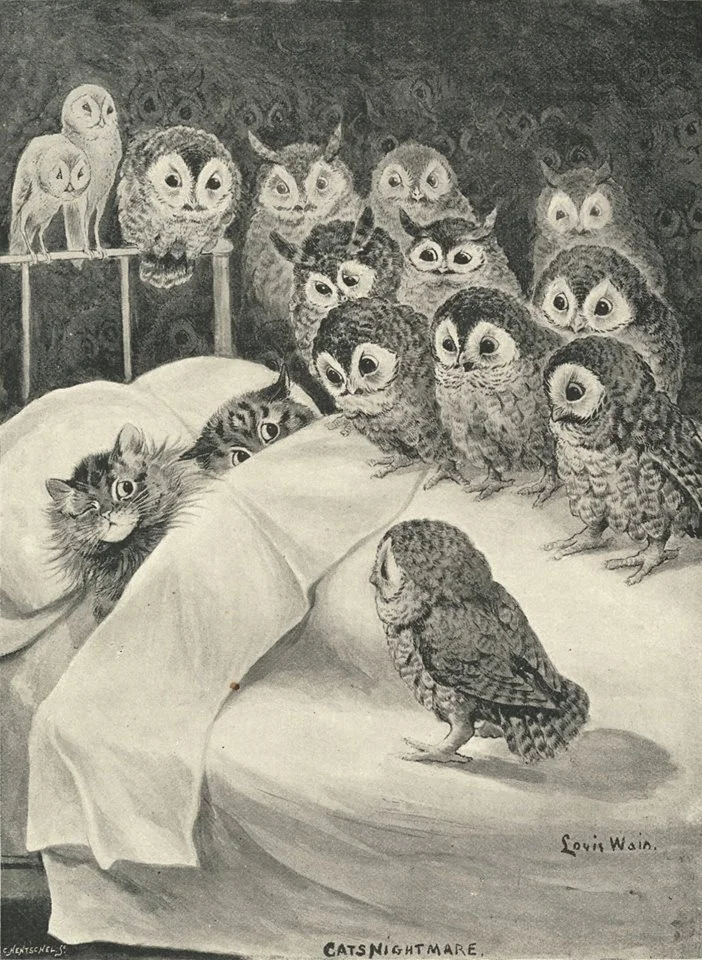Baltimore City has an adopt-a-lot program, allowing residents to use vacant lots for urban agriculture or community projects. However, as stated in point 3, it can be difficult to keep them going long term:
One farmer, Rich Kolm, said urban farms in Baltimore are playing several critical roles: They are community centers, educational hubs and fresh food producers in food-insecure neighborhoods.
Kolm has overseen three separate farms on adopted land in the city, and now he works as a contractor to those attempting to do the same. Though he commended the city’s low-cost water access service that accompanies lot adoption, he said people may not want to start a farm under the program if the land could be taken away.
“The whole idea of agriculture is that you’re building something,” said Kolm. “The only way to do it well is to make it permanent. But the city’s attitude is that urban agriculture might be a means of raising property values so much so that the agriculture gets kicked off the site.”
I want to read the actual paper, but it’s paywalled. Suppose I could probably find it, but I’m a bit lazy.
I think the thing that stands out to me is that they did their analysis in terms of “sites”. For urban ag, that could mean community gardens, backyard gardens, balcony gardens, and indoor plants including hydroponics/aquaponics. I’d be willing to bet that they only looked at community gardens, though, because it’s not like they can get a good sample of the other categories. The carbon footprint of someone replacing a tiny rectangle of non-native turfgrass that requires watering, fertilizing, and mowing with veggies is not going to be like converting a vacant lot into a community garden.
Community gardens have to fill multiple roles, as they aren’t just spaces for agriculture, they are essentially parks. The fact that they are typically segmented into individual plots also contributes to unnecessary cost for things like raised beds and paths. I don’t think it’s necessarily fair to compare a given urban land plot to a rural land plot since the alternative uses of those spaces are different. An vacant urban plot could be developed or used for parking instead of agriculture, while a rural plot could just be left wild instead. It’s like the economic principal of an opportunity cost.
I’m also sometimes uneasy by the endorsement people have of using recycled materials for gardening. Obviously the idea is nice, but I’ve seen plenty of people using things like car tires for raised beds, and I don’t think that would be good for growing food. People always forget that the first leg of “reduce, reuse, recycle” is reduce. Instead of reusing materials to build a raised bed, just grow plants right in the ground.



